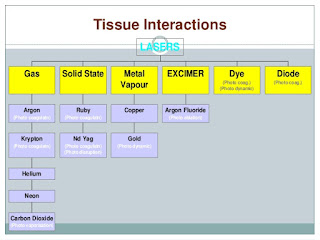Here is a list of top 7 must-read books for anyone pursuing a course in Biomedical Engineering or having a keen interest in this field, or even working as a biomedical engineer in the medical domain and want to know more about various aspects of the biomedical field, you can make use of the Top 7 books in biomedical engineering field to advance and know more about various portions of the biomedical field.
1. 3D Bioprinting and Nanotechnology in Tissue Engineering and Regenerative Medicine
 3D Bioprinting and Nanotechnology in Tissue Engineering is a comprehensive book highlighting the industrial applications of these technologies. It also covers other topics of current relevance such as nano-bio-materials and stem cells in tissue regeneration.
3D Bioprinting and Nanotechnology in Tissue Engineering is a comprehensive book highlighting the industrial applications of these technologies. It also covers other topics of current relevance such as nano-bio-materials and stem cells in tissue regeneration.
The book highlights the clinical applications, regulatory hurdles, and risk-benefit analysis of each technology and helps you in selecting the ideal materials and recognising the apt parameters for printing and incorporate biologically active agents and cells into a printed structure. The integration of 3D printing and nanotechnology is explained with an overview to improve the safety of application of these in aspects in biomedical applications.
The text also discusses legal and regulatory aspects and commercial overviews making it a perfect practical guide for anyone venturing in the field of biomedical technology by extrapolating theoretical aspects into an industrial or clinical setting. Application- wise sustainability and short-comings have been discussed for various technologies to make their commercial use feasible in meeting medical needs. The book brings a right blend of theoretical concepts and the latest principles and technologies.
Authors
|
Lijie Grace Zhang, John P Fisher, Kam Leong
|
Publisher
|
Academic Press, 2015
|
ISBN
|
0128006641, 9780128006641
|
Length
|
392 pages
|


